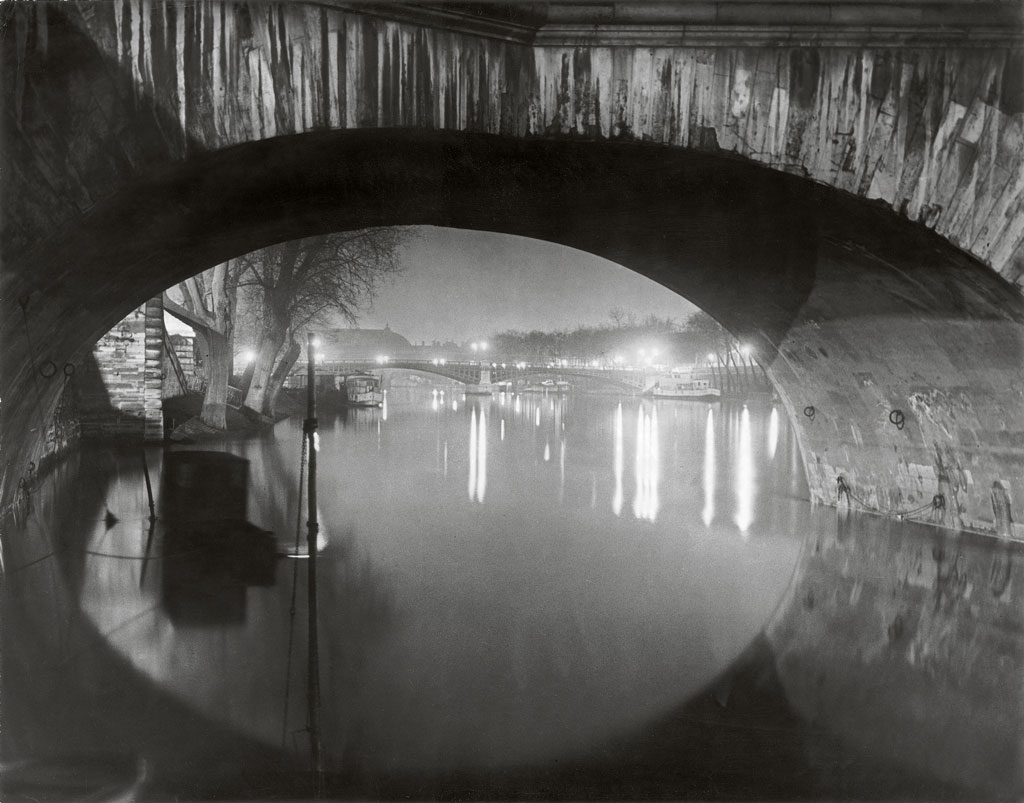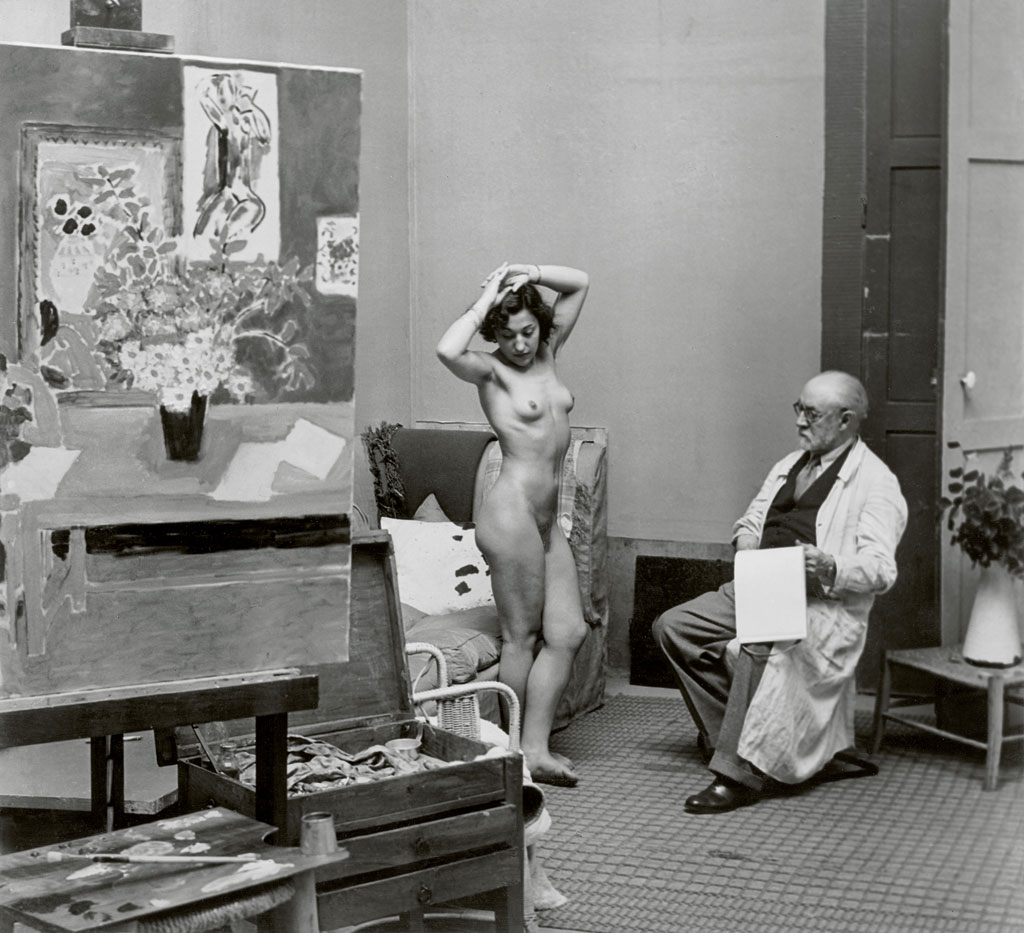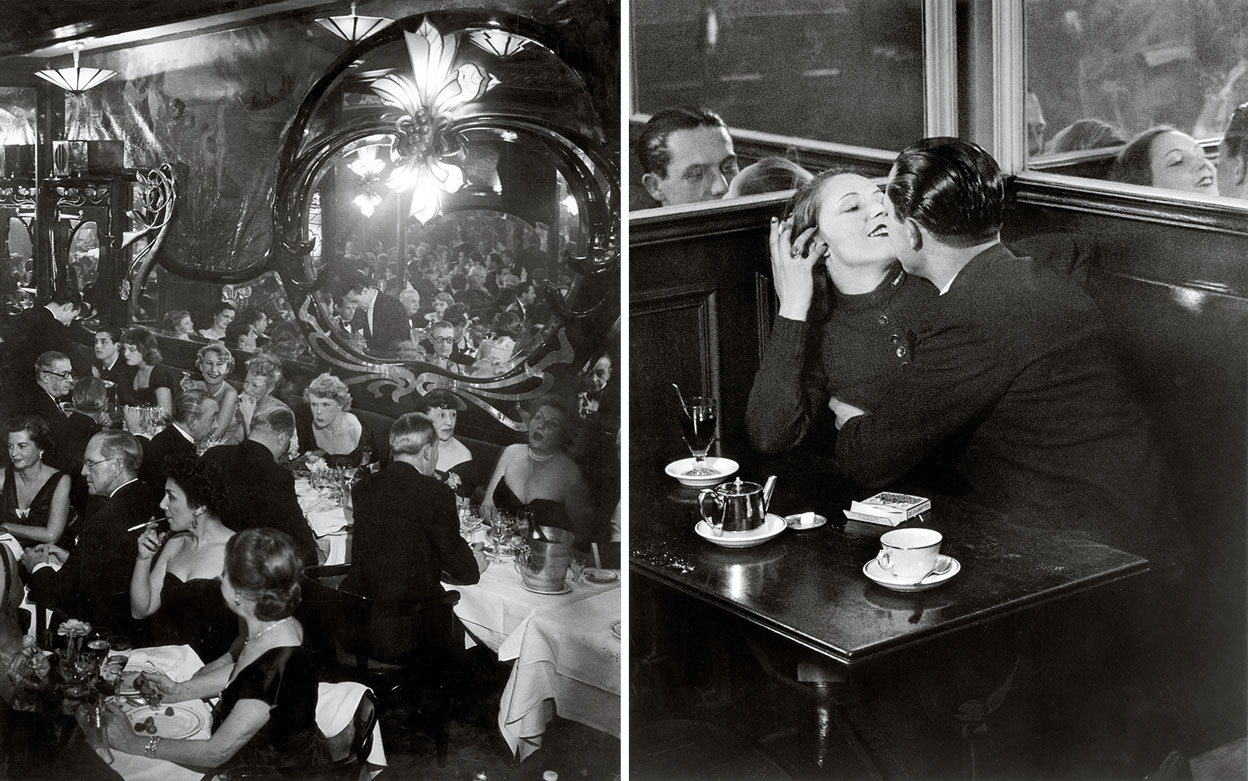PHOTO Brassaï
 Brassaï (Gyula Halász), was one of the most prominent members of the group of European and American photographers whose work between the two World Wars redefined photography’s identity and enriched its potential as a means of artistic expression. When we talk about the work of Brassaï what springs to mind are his scenes of Paris by night. Born in Transylvania in 1899, he studied at the University of Arts in Berlin before finally settling in Paris in 1924, a city that was to become the main subject of his work.
Brassaï (Gyula Halász), was one of the most prominent members of the group of European and American photographers whose work between the two World Wars redefined photography’s identity and enriched its potential as a means of artistic expression. When we talk about the work of Brassaï what springs to mind are his scenes of Paris by night. Born in Transylvania in 1899, he studied at the University of Arts in Berlin before finally settling in Paris in 1924, a city that was to become the main subject of his work.
By Dimitris Lempesis
Photo: Foam Archive
Brassaï’s depiction of streets, his extraordinary treatment of light and the details captured in his images brought him fame, with some of his shots becoming genuine cultural icons, symbols of an age and of the city. The first retrospective of Brassaï in Netherlands is on presentation at Foam in Amsterdam, The exhibition gathers many of the artistic facets of the photographer, from photos to drawings of female nudes. It is organized in 12 thematic sections: Paris by Day, and by Night, Minotaure, Graffiti, Society, Places and Things, Personages, Sleep, Pleasures, Body of a Woman, Portraits – Artists, Writers, Friends and The Street. Each is very different from the next, reflecting the diversity of Brassaï’s photographic work. Brassaï was born in Brasso, Transylvania, now Brasov in Romania, on 9/9/1899. His father was a professor of French literature at Brasov University, and Halász was brought up in an academic, comfortable environment. He studied at the Hungarian Academy of Fine Arts in Budapest, before being drafted into the cavalry regiment of the Austro-Hungarian army during the World War I. Then, in 1920, he began a career in journalism and publishing. In 1924, Halász moved to work in Paris, the place with which he is now most closely associated. Both through his work and life in Montparnasse, he quickly became close to many artists, writers and photographers. In particular, he became friendly with the Hungarian André Kertész, who tutored him. By 1929, Halász was taking regular photographs and began to specialise in night photography, a practice that had become popular in Paris at the time. He would wander the streets at night, photographing the people and buildings that he came across, often with an overtly Surrealist approach. By 1932, he had adopted the pseudonym Brassaï’, meaning “from Brasso” in his native tongue, and had taken up photography as his principal activity. Brassaï seemed to have a natural affinity with Paris, revelling in its rich atmosphere and photographic potential. In 1933, he published his first book, “Paris De Nuit” which was met with great critical acclaim, and has proven hugely influential ever since. Brassaï’s best known photographs come from the 1930s, and deal with Paris’s seamier side: prostitutes, down and outs, drinkers, pimps and other inhabitants of the night, all taken in poor light, and filled with brooding atmosphere and implied narratives. Late in the decade, he added further to this repertoire by focusing on the city’s graffiti, the subject of a solo exhibition at New York’s Museum of Modern Art in 1957. However, he also photographed the more respectable sections of Paris society: its writers, artists, intellectuals, operas and ballets. In 1935 he joined the Rapho photographic agency, and quickly became world-famous for his images of Paris: a city that seemed the centre of all things artistic during the inter-war period. He was also a prolific writer, film-maker and sculptor. When the German army occupied Paris in 1940, Brassaï escaped southward to the French Riviera, but he returned to Paris to rescue the negatives he had hidden there. Photography on the streets was forbidden during the occupation of Paris, so Brassaï resumed drawing and sculpture and began writing poetry. After World War II, his drawings were published in the book “Trente dessins” (1946), with a poem by the French poet Jacques Prévert. Brassaï turned again to photography in 1945, and two years later a number of his photographs of dimly lit Paris streets were greatly enlarged to serve as the backdrop for Prévert’s ballet “Le Rendez-vous”. Many of Brassaï’s postwar pictures continued the themes and techniques of his early work. In these photographs Brassaï preferred static over active subjects, but he imbued even the most inanimate images with a warm sense of human life. In the late 1950s, Brassaï bought a Leica and he photographed in color for the first time. He also managed to travel with his wife to the USA in 1957 having taken up an invitation by the Holiday magazine. Stops along this trip included New York, Chicago and Louisiana. Moving into the 1960s, Brassaï re-discovered his early work and he made new prints and new additions of early photo books. His photographs of graffiti, taken over three decades as of 1933, were published in a photo book titled “Graffiti” in 1961. These pictures of inanimate and often abstract wall markings captured the essence of Paris in a symbolic and mystical way. Brassaï published his memoirs “Conversations with Picasso “in 1964. He ceased taking new photographs as of 1962, a decision which seems to have coincided with the death of Carmel Snow, the New York editor of Harper’s Bazaar that same year. Brassaï lived until the age of 84, when he passed away on 8/71984 in Beaulieu-sur-Mer, Alpes-Maritimes in the south of France. He was buried in the cemetery of Montparnasse in Paris, where his artistic adventure had begun 60 years earlier.
Info: Foam, Keizersgracht 609, Amsterdam, Duration: 13/9-4/12/19, Days & Hours: Mon-Wed & Sat-sun 10:00-18:00, Thu-Fri 10:00-21:00, www.foam.org



